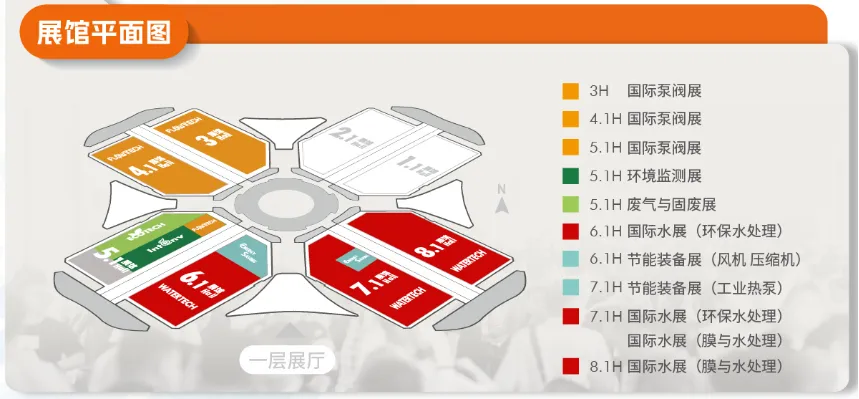Mobile:+86-311-808-126-83
Email:info@ydcastings.com
pressure die casting
Understanding Pressure Die Casting A Comprehensive Overview
Pressure die casting is a highly efficient and versatile manufacturing process used to produce complex metal parts with high precision. This technique involves forcing molten metal into a mold under high pressure, resulting in parts that are not only dimensional accurate but also possess excellent surface finish attributes. In this article, we will explore the fundamentals of pressure die casting, its advantages, applications, and the future of this manufacturing method.
The Process of Pressure Die Casting
The pressure die casting process begins with the preparation of the die, which is typically made from high-quality steel to withstand the high temperatures and pressures involved. The die is designed with intricate details to facilitate the casting of complex shapes. Once the die is ready, molten metal, usually aluminum, zinc, or magnesium, is poured into the chamber and then injected into the mold under high pressure, which can range from 1,000 to 20,000 psi. This pressure ensures that the metal fills every nook and cranny of the mold, resulting in a precise and high-quality part.
Cooling occurs relatively quickly, allowing the metal to solidify in the mold. After sufficient cooling, the die is opened, and the newly formed part is ejected. This rapid cycle time—often mere seconds—enables manufacturers to produce large quantities of parts in a short amount of time, enhancing productivity and reducing costs.
Advantages of Pressure Die Casting
One of the primary advantages of pressure die casting is the ability to produce parts with tight tolerances. The high-pressure environment minimizes defects like porosity and improves the overall strength of the castings, making it suitable for high-performance applications. Furthermore, the surface finish of pressure die cast parts is often superior to those produced by other methods, reducing or even eliminating the need for secondary machining processes.
Additionally, the process is highly adaptable. With the use of advanced die design and automation technologies, manufacturers can efficiently produce varied parts, from automotive components to intricate electronic housings. The raw materials used, primarily non-ferrous metals, are also recyclable, making pressure die casting an environmentally friendly option.
pressure die casting

Applications of Pressure Die Casting
Pressure die casting is widely used across various industries due to its versatility. The automotive sector, for instance, relies heavily on this process for producing engine blocks, transmission cases, and other components that demand both lightweight and high-strength properties. The aerospace industry also makes use of pressure die casting for producing parts that require precision and durability, such as brackets and housings.
In addition, consumer electronics manufacturers utilize pressure die casting for components like casings for smartphones and laptops. The process is also beneficial in the manufacturing of medical devices, where precision and reliability are crucial.
The Future of Pressure Die Casting
As technology continues to evolve, so does the field of pressure die casting. Innovations such as 3D printing and advanced simulation techniques are being integrated into the design and manufacturing processes, helping to optimize production and reduce lead times. Additionally, advancements in materials science may lead to the development of even more robust alloys tailored specifically for pressure die casting applications.
Moreover, the growing focus on sustainability will drive further improvements. By enhancing recycling processes and reducing waste, pressure die casting can contribute to greener manufacturing practices.
In conclusion, pressure die casting is a key player in modern manufacturing, offering unparalleled precision, efficiency, and versatility. As industries continue to seek innovative solutions, the relevance of pressure die casting is poised to grow, shaping the future of metal part production. Whether in aerospace, automotive, or consumer electronics, the potential of this technique is boundless, warranting closer attention from manufacturers and engineers alike.
-
Understanding Metal Casting TechniquesNewsApr.02,2025
-
Understanding Exhaust Manifolds for Enhanced Engine PerformanceNewsApr.02,2025
-
The World of Metal FabricationNewsApr.02,2025
-
Key Components for Pump and Turbo EfficiencyNewsApr.02,2025
-
Essential Tools for Automotive Maintenance and RepairNewsApr.02,2025
-
Durable Valve Components for Effective Water ManagementNewsApr.02,2025











